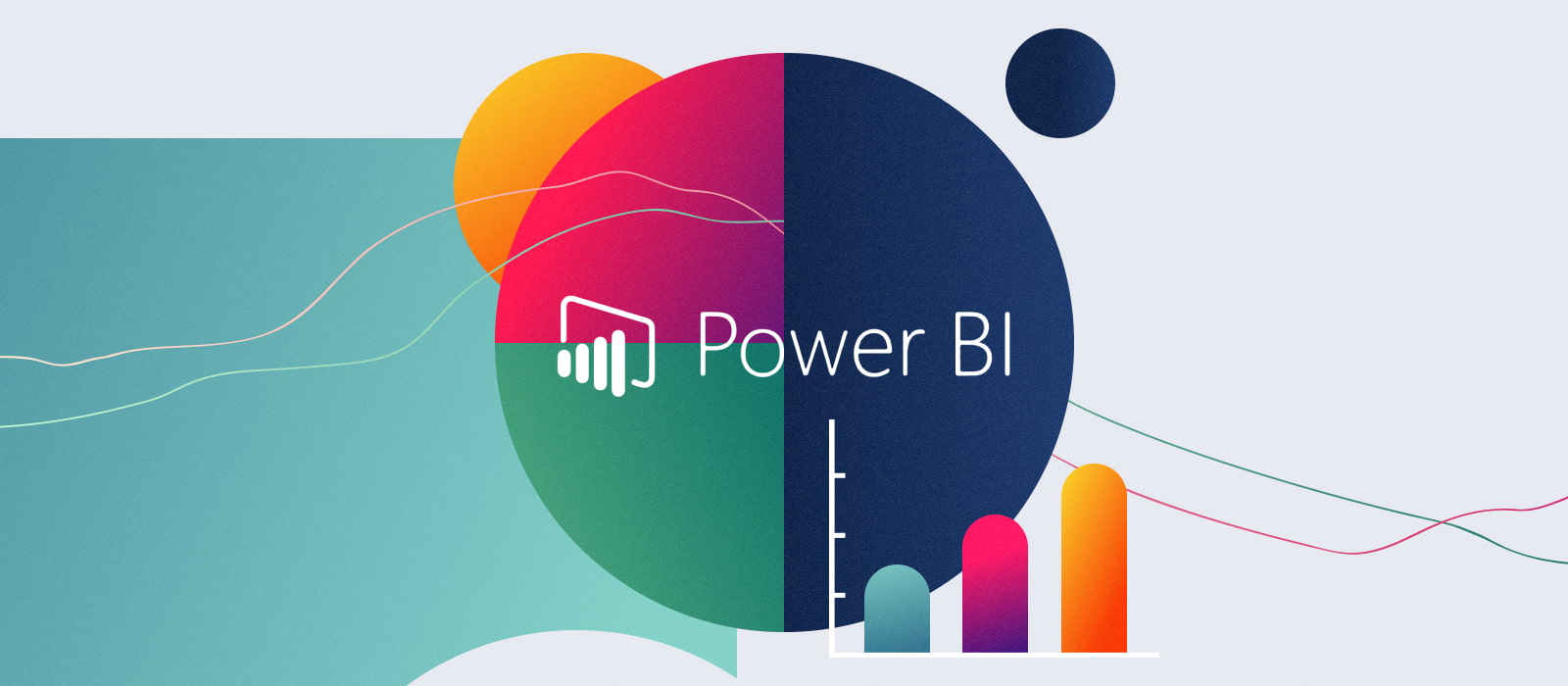
About Course
Power BI is a powerful business intelligence and visualization tool developed by Microsoft. It allows users to connect to various data sources, transform and model data, and create interactive reports and dashboards. Here’s a step-by-step guide on how to perform business intelligence and visualization with Power BI:
1. Install Power BI Desktop:
- Download and install Power BI Desktop, the free application used to create reports and dashboards.
2. Connect to Data Sources:
- Open Power BI Desktop.
- Click on “Get Data” to connect to various data sources such as Excel, SQL Server, SharePoint, or online services like Azure and Salesforce.
3. Transform and Clean Data:
- Use Power Query Editor to transform and clean your data.
- Remove duplicates, filter rows, pivot columns, and perform other data cleaning tasks.
4. Data Modeling:
- Create relationships between tables if your data involves multiple tables.
- Define measures and calculated columns using DAX (Data Analysis Expressions) language.
5. Build Visualizations:
- Drag and drop fields onto the report canvas to create visualizations.
- Choose from various visualization types, including bar charts, line charts, tables, maps, and more.
6. Customize Visualizations:
- Customize the appearance of your visualizations using the formatting options.
- Add titles, labels, and legends to make your reports more informative.
7. Create Dashboards:
- Combine multiple visualizations into a dashboard.
- Arrange and resize visuals to create a cohesive and interactive dashboard.
8. Use Slicers and Filters:
- Incorporate slicers and filters to allow users to interactively explore the data.
- Apply filters to specific visuals or the entire page.
9. Implement Drill-Down and Drill-Up:
- Enable drill-down and drill-up capabilities to allow users to explore data at different levels of granularity.
10. Use Analytics and Insights:
Student Ratings & Reviews

No Review Yet


